Rhapsody on a Windy Night - Lesson 1 - T.S. Eliot - Perfecting Poetry
 12:12
12:12
Guide for Students
Reading poetry can be an uphill struggle. Don’t let those poets trip you up. Watch our Perfecting Poetry series!
We’ll introduce you to significant poets, as well as their personal and contextual influences. Afterwards, we’ll analyse their poems, line by line. Discover what the poet is actually saying by dissecting a range of language forms and features. Along the way, we’ll incorporate lots of visuals and annotations to help you imagine what is going on.
Before you get started, we recommend that you watch the English Essentials series. Check out the Perfecting Poetry videos to learn about a range of poetic forms and features.
Here’s how to get the most out of our videos:
1. Before you start studying a poet or poem/s at school.
Get a head start on your schoolwork! You can watch our lessons during the holidays or a few weeks before studying new poetry in class.
Meet each poet before diving into their poems. What were their main concerns? What key themes emerge from their poems? Why did they write in a particular style? Join us on a journey through the life of the poet, as well as the society they lived in.
Take notes as you watch each video. Create a mind map of the poet’s personal and contextual influences. Write a list of key themes to pay attention to as you study each poem.
2. While your class is studying a poet or poem/s.
You can watch our lessons a few days before studying a poem in class. That way, you’ll have a firm grip on the key themes in each poem. We analyse each poem line by line, so it’ll be easy to spot all the language forms and features. You’ll be one step ahead of your class!
If you need to revise a specific technique, you can always check out the Perfecting Poetry videos in our English Essentials Series.
What if you’re still stuck on a poem after covering it in class? You can always watch our lessons to fill in any gaps in your understanding. We recommend annotating a copy of the poem as you watch the video. Maybe you have extra thoughts to add to the analysis – just jot those down in the margins!
3. When preparing for an assessment.
Feel free to watch our videos to revise for upcoming assessments.
If you’re studying several poems by one poet, create a mind map of the key themes in each poem. Then, start thinking about how the poems are connected. Often, poets tend to discuss similar ideas across several poems.
If you’re preparing to write an analytical response or essay, brush up on all the key themes and techniques in each poem. You’ll need them to tackle your school assessments!
Guide for Educators
As educators, we can appreciate the beautiful and meaningful nature of poetry. But how do we share that with students?
At Schooling Online, we believe that a step-by-step approach works best. That’s how we structure our online lessons! Students need to become familiar with the poet and their personal and contextual influences. Afterwards, students can start to interpret poems on a broader scale, starting with the overall message or story. Then, they can explore the poems in depth with our detailed analysis.
Of course, poetry is written to be heard, not simply read. Our captivating voiceover brings each poem to life. This draws students’ attention to rhymes schemes and meter. Along the way, our stunning visuals help students to interpret even the most confusing poems.
Here’s how to get the most of our videos:
1. Integrate our videos into your school’s English curriculum
Our online lessons cover poems by a range of significant poets. These include poems prescribed for the NESA English Standard, English Advanced and English Extension Stage 6 syllabuses. Our lessons are also valuable for the International Baccalaureate Diploma Programme and other secondary English syllabuses.
We recommend that you integrate our videos into your weekly, monthly and yearly teaching plans. Our videos explain each poet’s key ideas and contextual concerns. Along the way, we foster valuable skills for detailed poetry analysis. Your students will develop their understanding of poetic forms and features in no time! Sign up your school with Schooling Online and set lessons for students to watch in class or at home.
2. Introducing students to a poet or poem/s.
At Schooling Online, we know that students can struggle to understand a new poet. They need to grapple with a load of information, ranging from the poet’s personal influences to their key thematic concerns.
It’s even harder for educators – you need to support students on this journey.
Our Perfecting Poetry series gives you full flexibility. For each poet, we dedicate one lesson to introducing the poet’s life and influences. You can play this video in class to introduce each poet’s main concerns. You can also assign videos for students to watch at home. Students can watch the introductory video at home, so class time can be reserved for discussion. Students will love revising with our lessons!
The introductory video can be used to spark discussion and fuel class activities. Students can create mind maps on key contextual influences or the poet’s main thematic concerns.
3. Supporting students as they engage in critical analysis of poetry.
Our videos equip students with essential poetry analysis skills. We annotate each poem in detail, providing line-by-line analysis of the language forms and features. Our series explains the key ideas of each poem in depth. At the same time, we equip students with vital tools for analysing a range of poetry, preparing them for unseen text analysis.
Turn your classroom into an interactive learning environment by watching each video in short segments. We recommend pausing the video after each stanza has been analysed. This is the perfect time to open a discussion with your class.
There are so many different ways to interpret a poem! Students may collaboratively analyse sections of a poem and discuss the key ideas. To actively engage students, you can use these discussion questions:
• In the poem, what does the poet reveal about the speaker?
• What are the key ideas in the poem? How did the poet share those ideas with you?
• What was the poet’s purpose for writing the poem?
• Explain the poem in your own words. What does this line mean?
Feel free to use our videos as a resource for the following sample activities. Students may:
• Create a quote analysis table that compiles key quotes relating to a specific theme
• Write a paragraph or essay response based on a major theme
4. Use our videos for internal and external assessment preparation.
Do your students stress out over assessments? Revision will seem relaxing with our engaging videos!
We recommend playing the videos in class to refresh students’ understanding of each poem. Even better, students can watch the lessons at home in preparation for an assessment. We’re just a click away!
That way, students will go beyond rote learning the material. They will understand each quote as they commit it to memory. This will help students to craft sophisticated thesis statements in their analytical responses.
Our videos can provide a basis for the following revision activities. Students may:
• Discuss how to approach an assessment task, such as how to structure an essay response
• Compile further quotes and analysis to support the discussion of major themes
• Check that their analysis reference the poet’s personal and contextual influences
Our Perfecting Poetry series brings beautiful poems to life!
Our videos introduce significant poets, including their personal and contextual influences. In each lesson, we’ll break down the main ideas in each poem. The line-by-line analysis helps you achieve an in-depth understanding of the key themes. We’ll teach you about all the weird and wonderful techniques that poets use to create meaning. It’s so easy to appreciate some of the best poems ever written!
Our fun and vibrant animations inject new life into poetry. All kinds of poems can be relatable, funny, profound and easy to understand. Along the way, you’ll pick up skills for analysing language forms and features.
What are you waiting for? It’s time to start perfecting poetry!
Rhapsody on a Windy Night - Lesson 1 - T.S. Eliot - Perfecting Poetry
Join us for a psychedelic stroll through the city streets of the early 1900s. As the clock strikes midnight, strange and sinister things begin to happen. Enjoy our step-by-step guide through Stanzas 1 and 2 of ‘Rhapsody on a Windy Night’. We take the stress out of the analysis with fun visuals, straight-forward explanations and clear examples.
Language forms/features: irony, symbolism, lyric poem, first person language, persona, temporal references, tone, metaphor, synaesthesia, personification, simile, onomatopoeia, imperative, flâneur



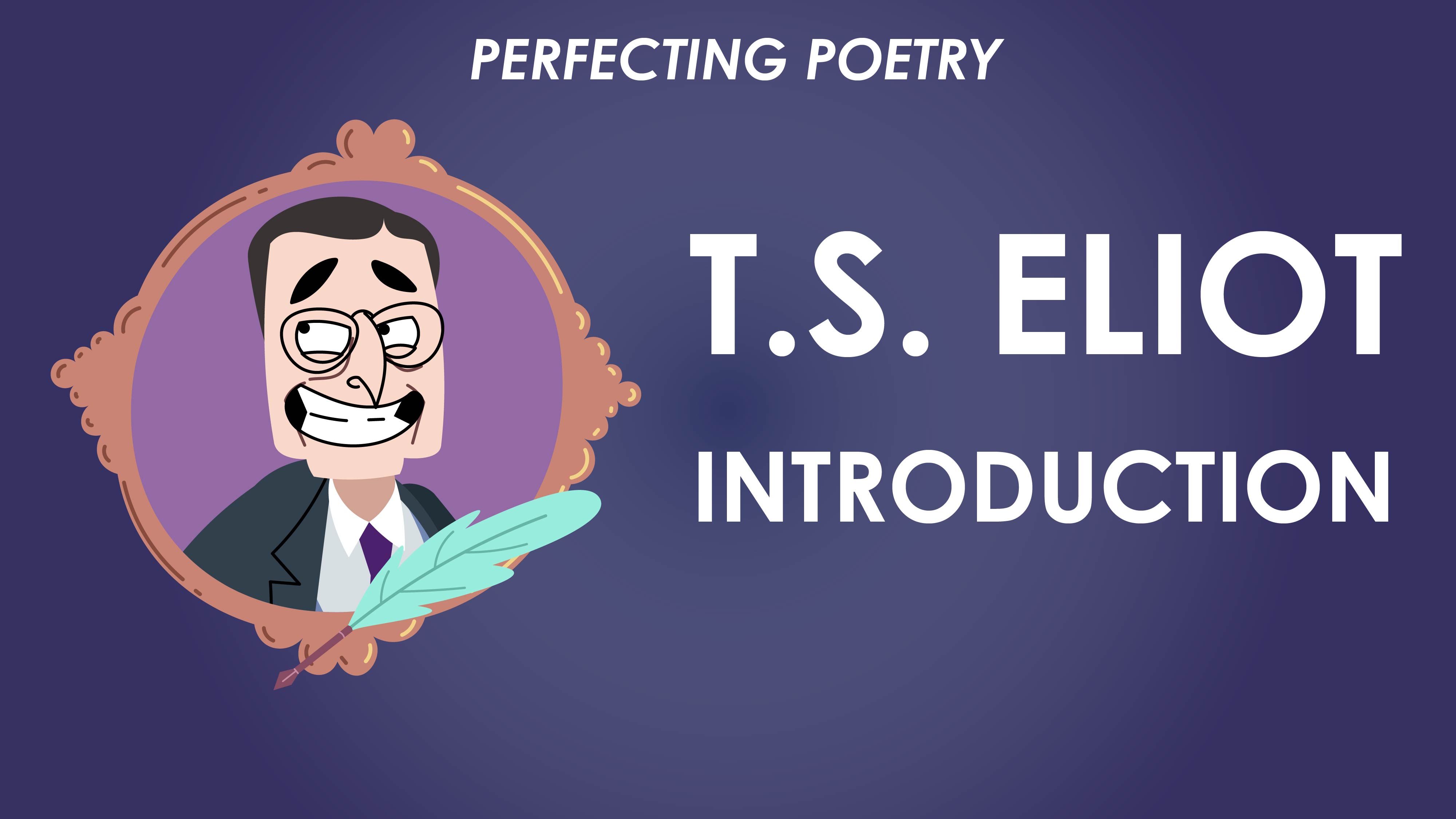
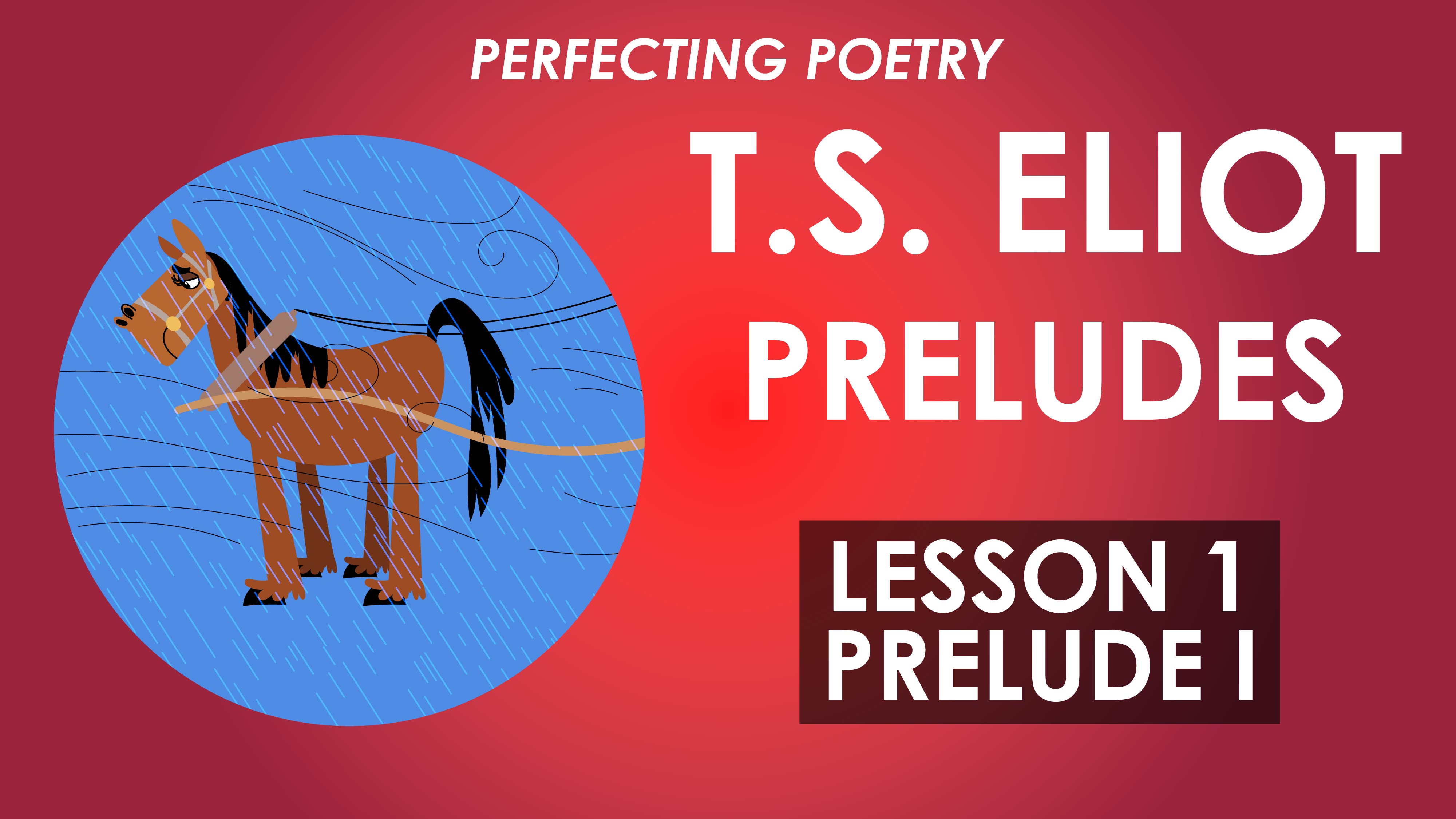
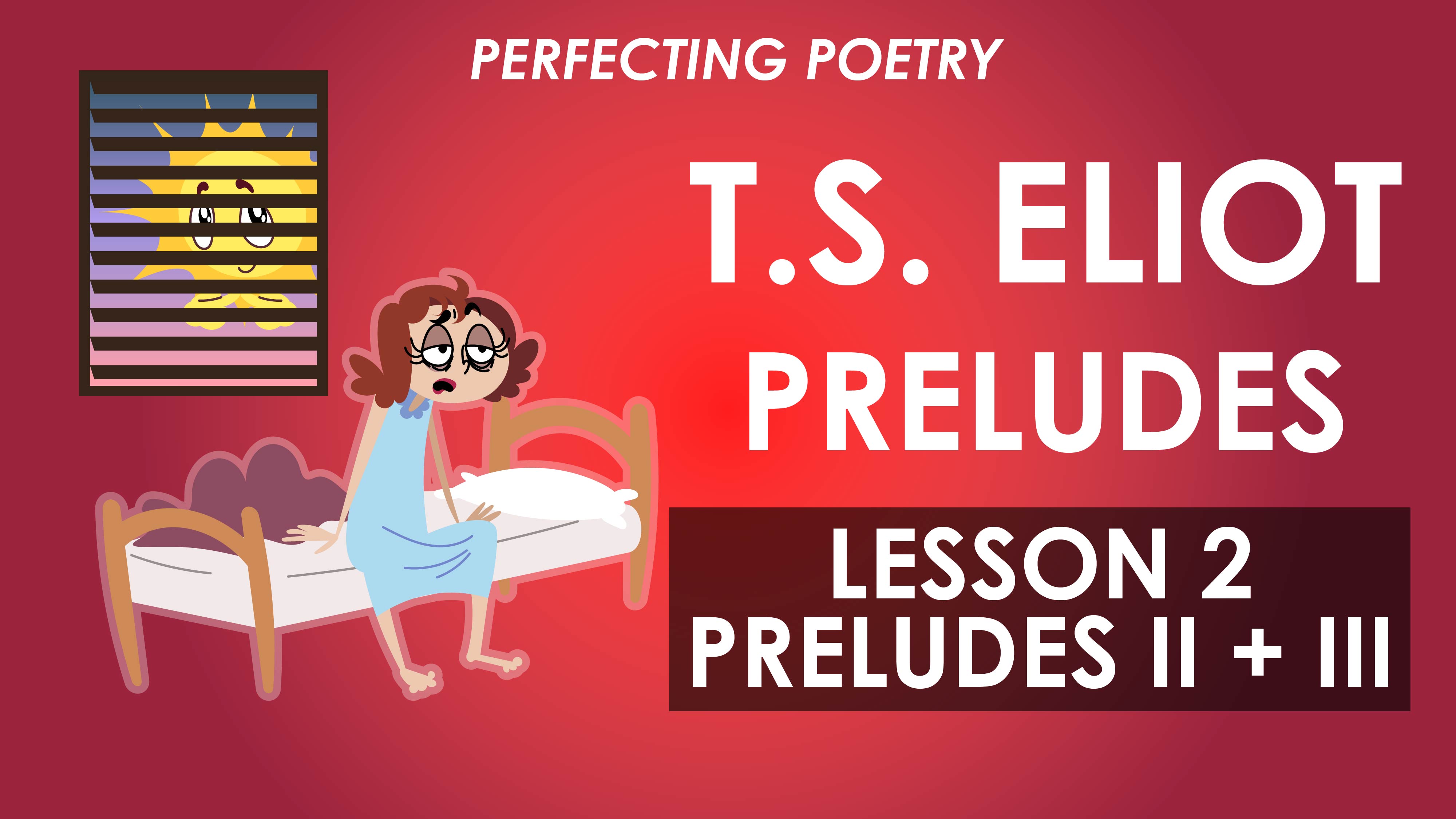
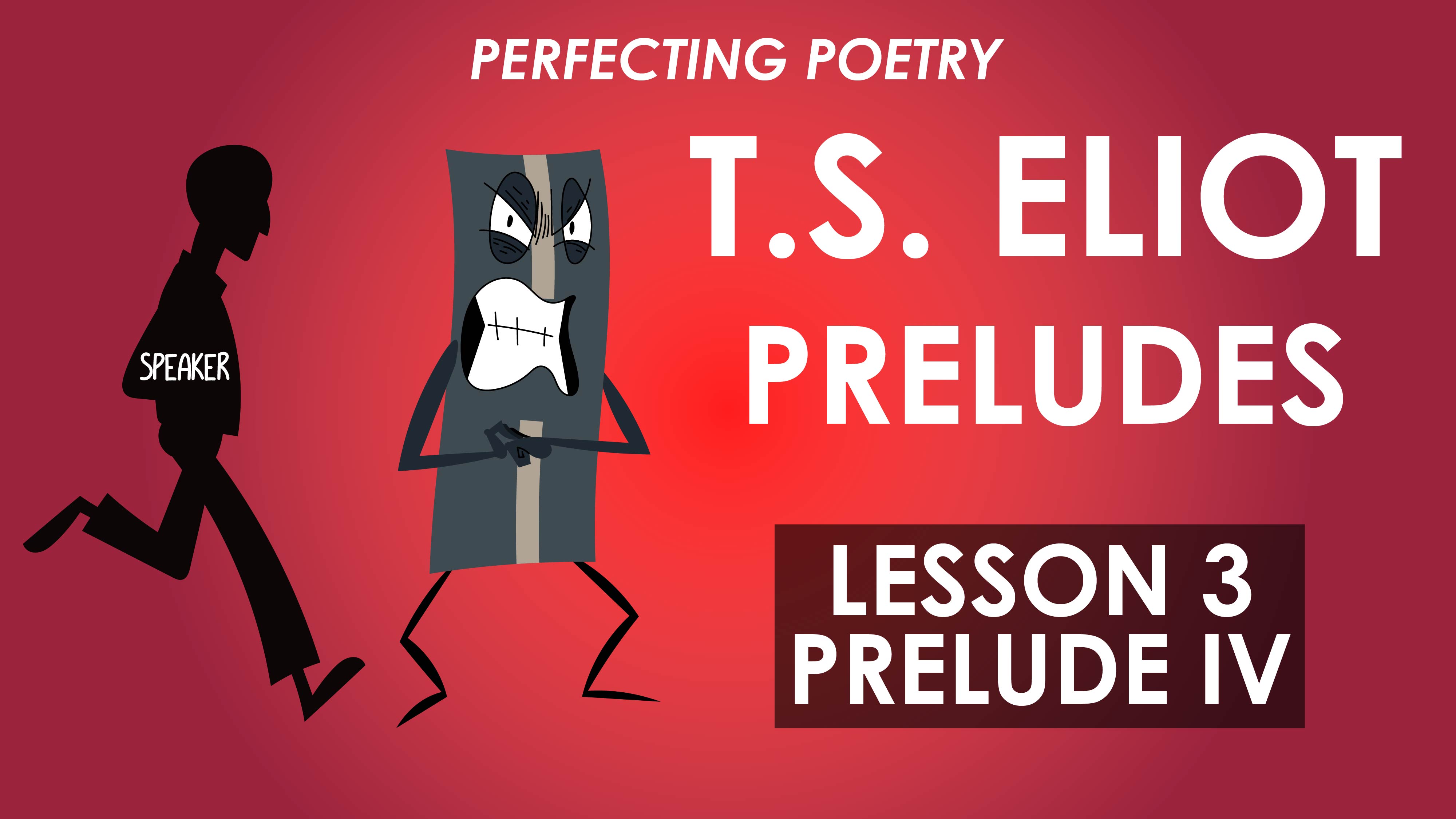
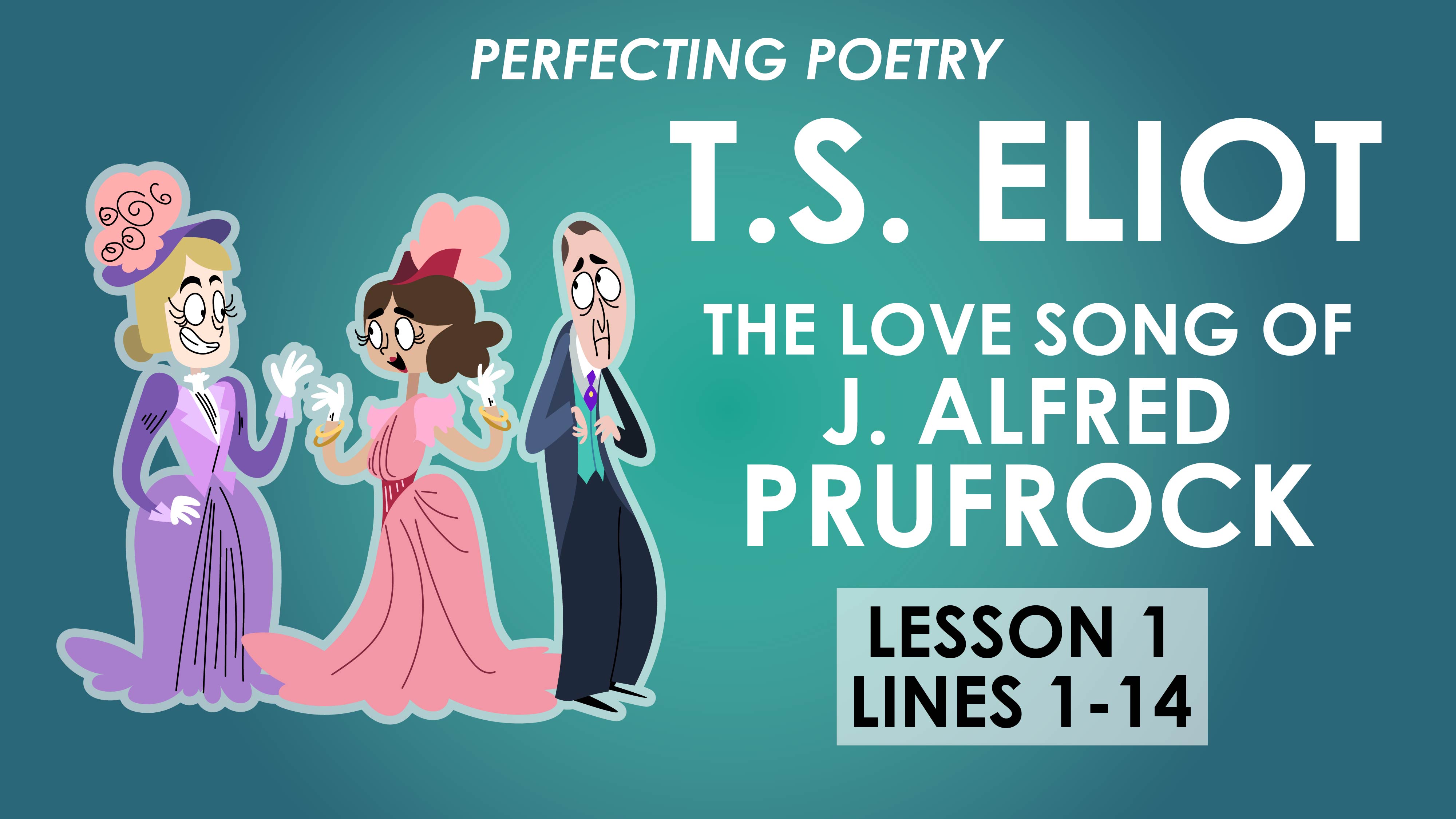
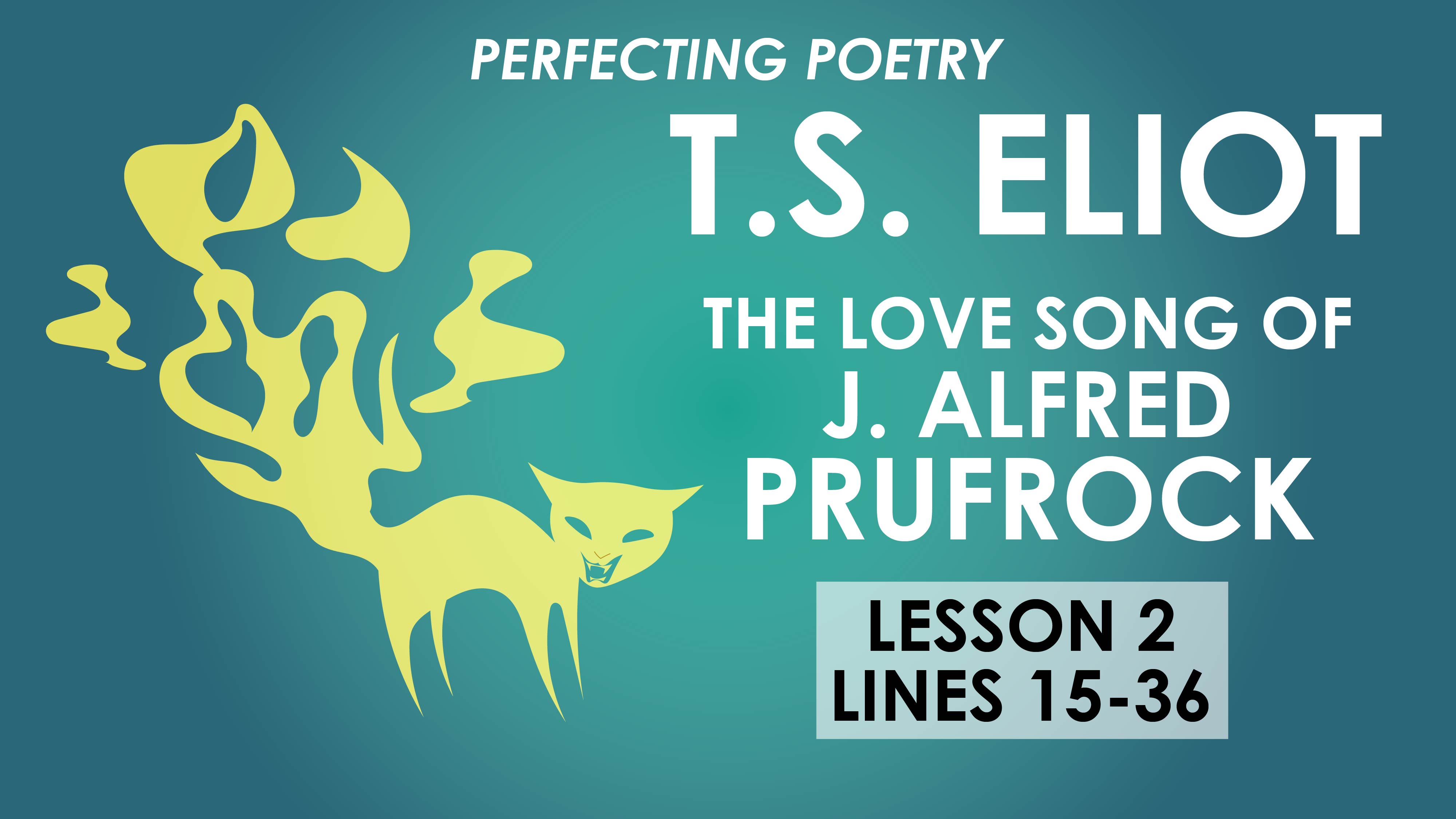
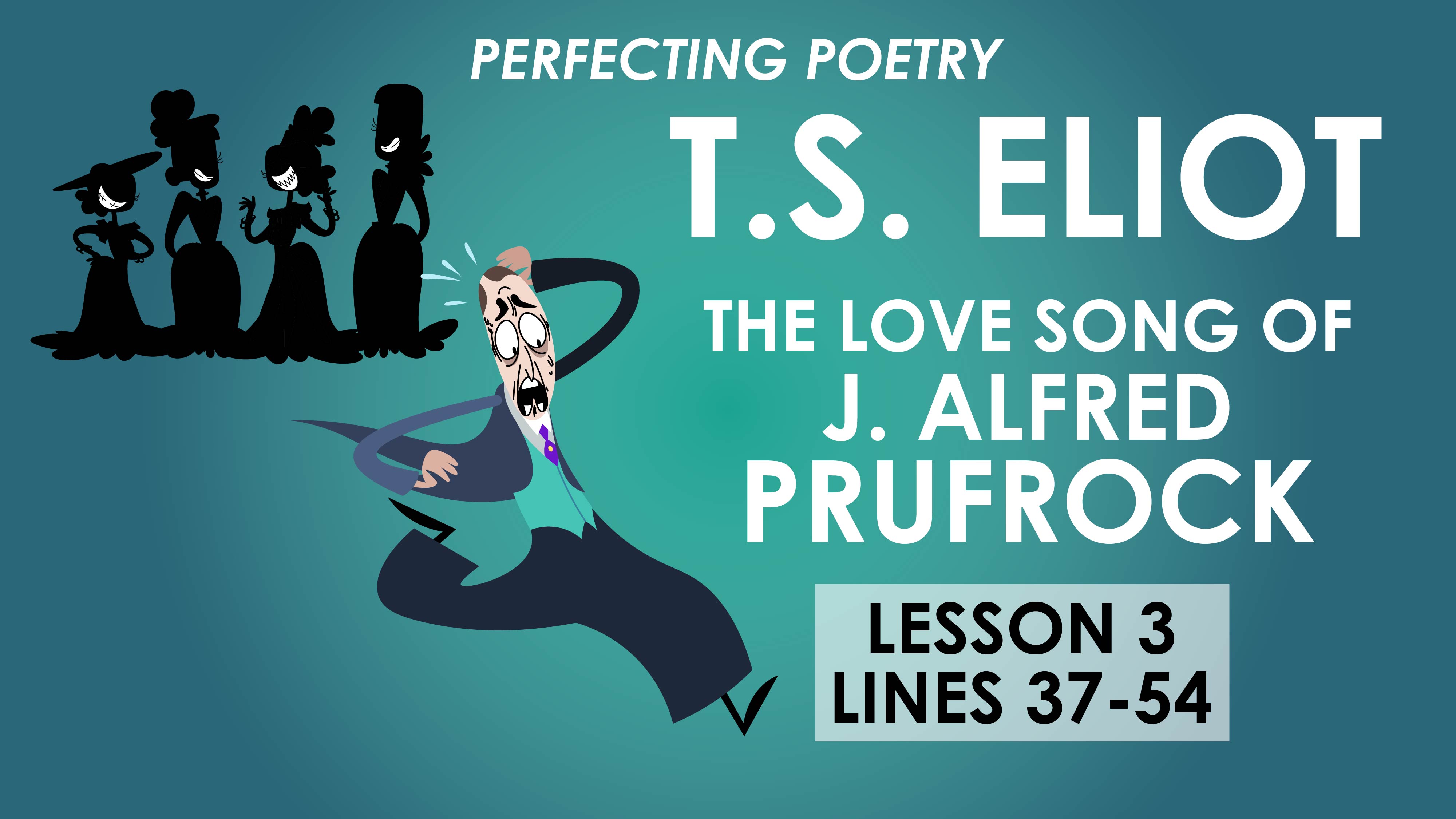
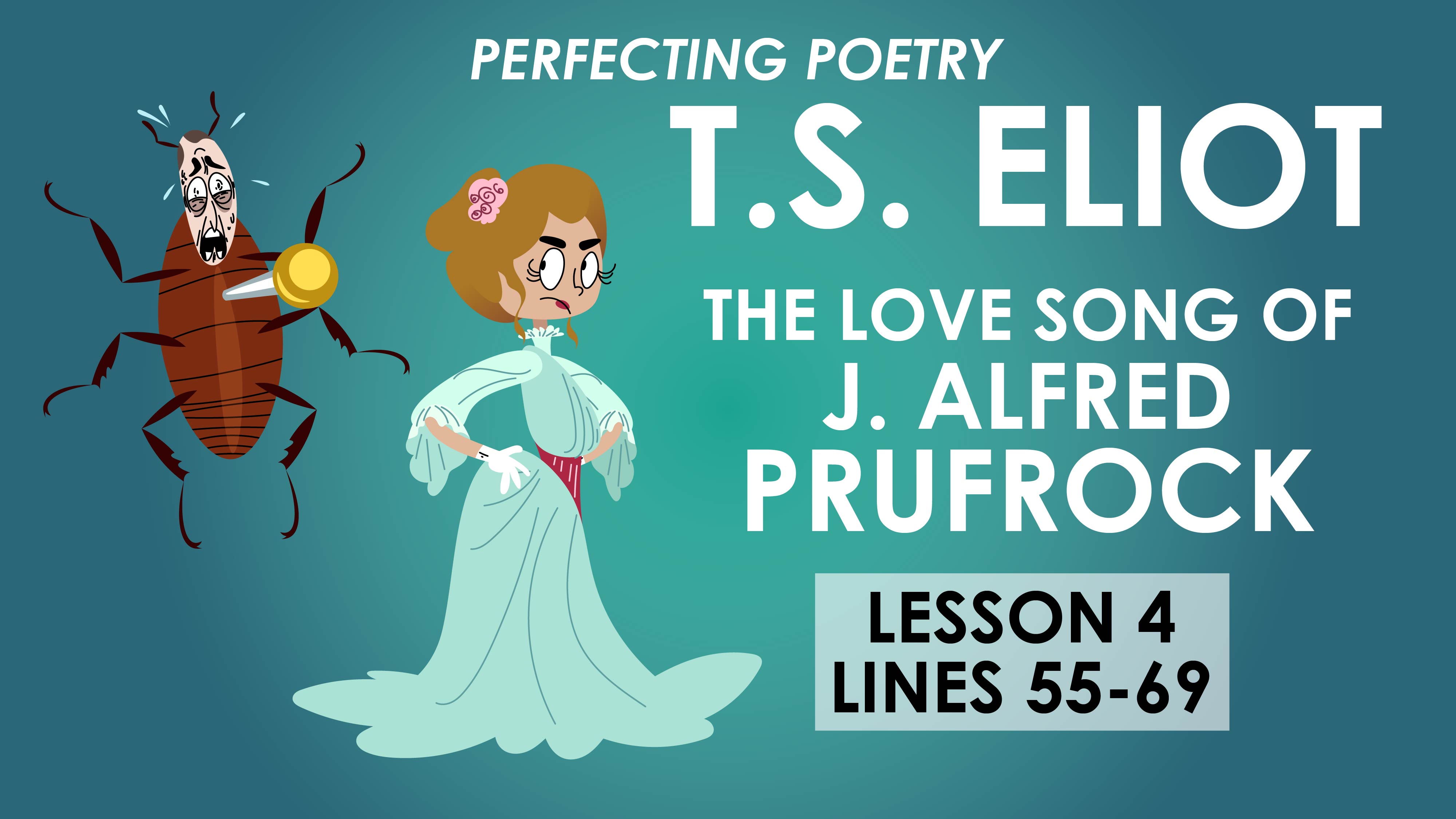
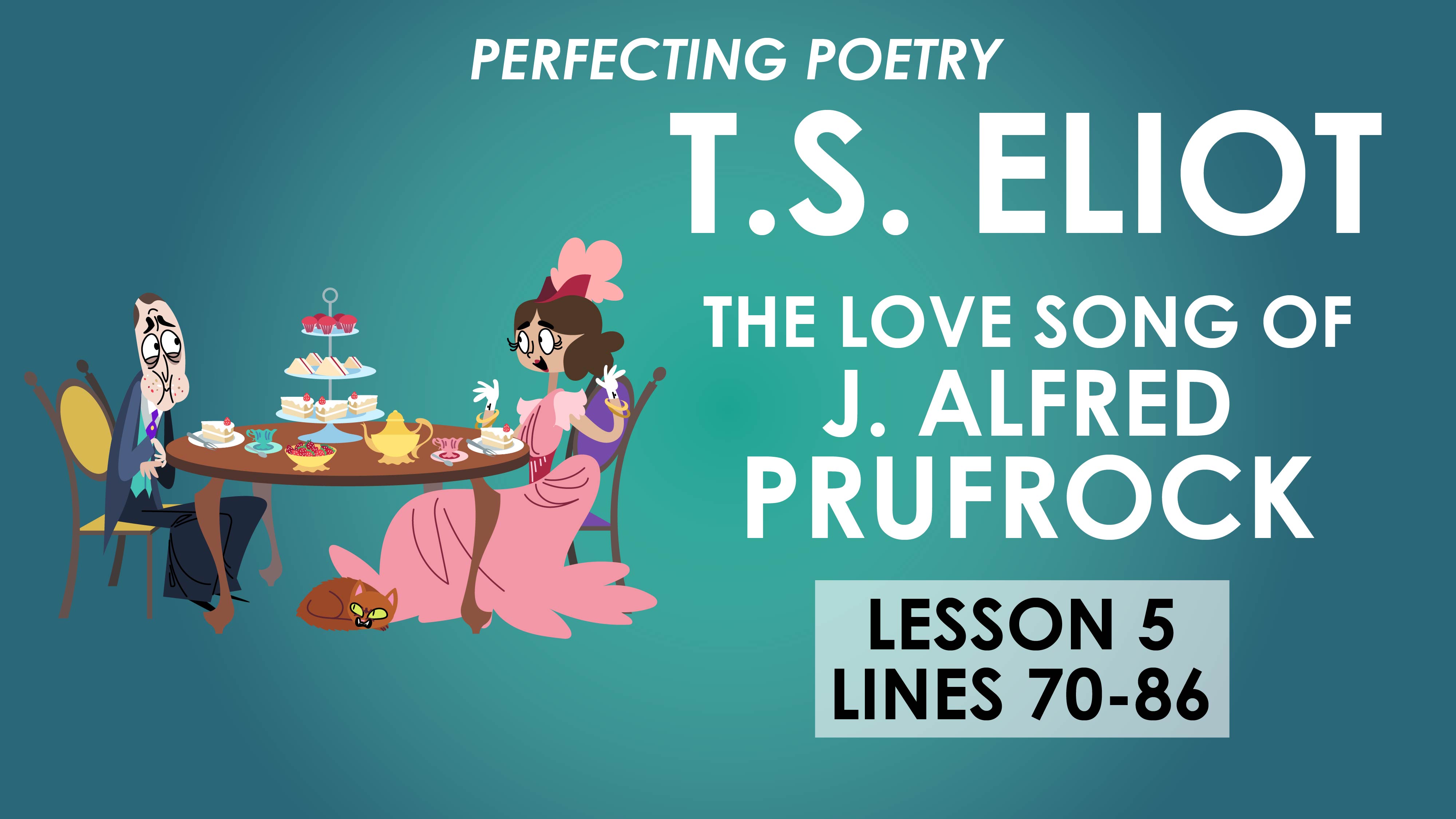
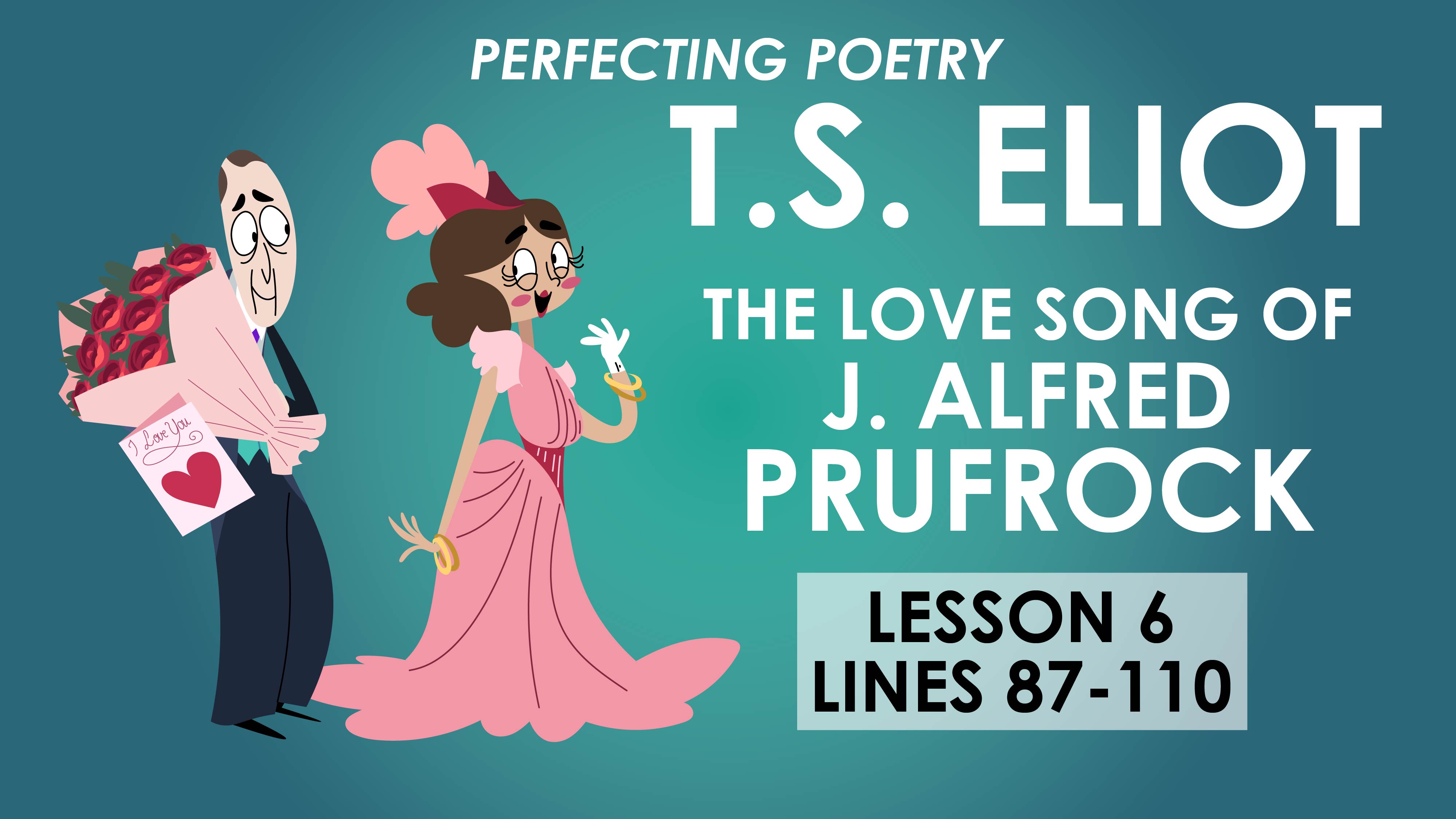
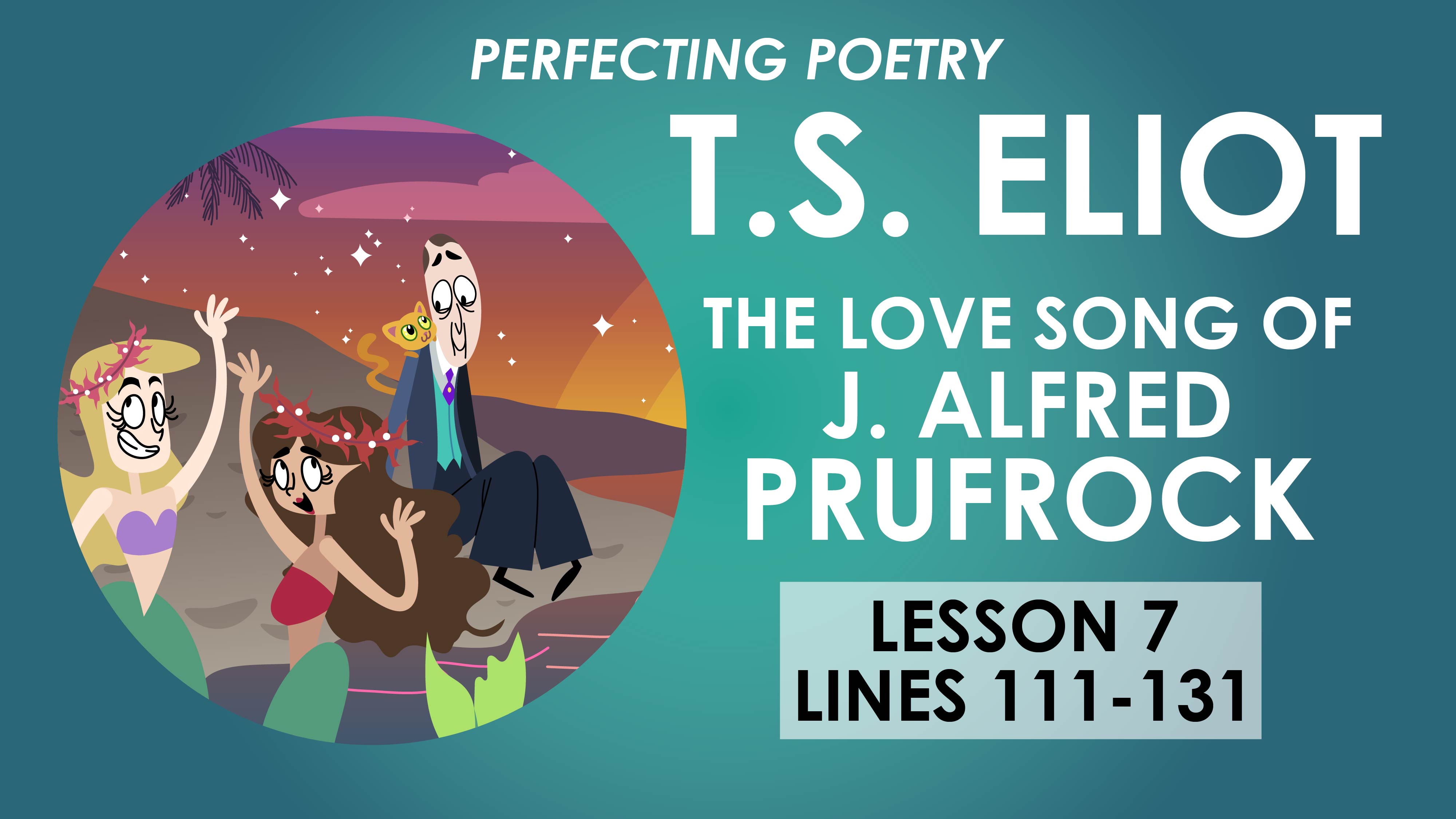
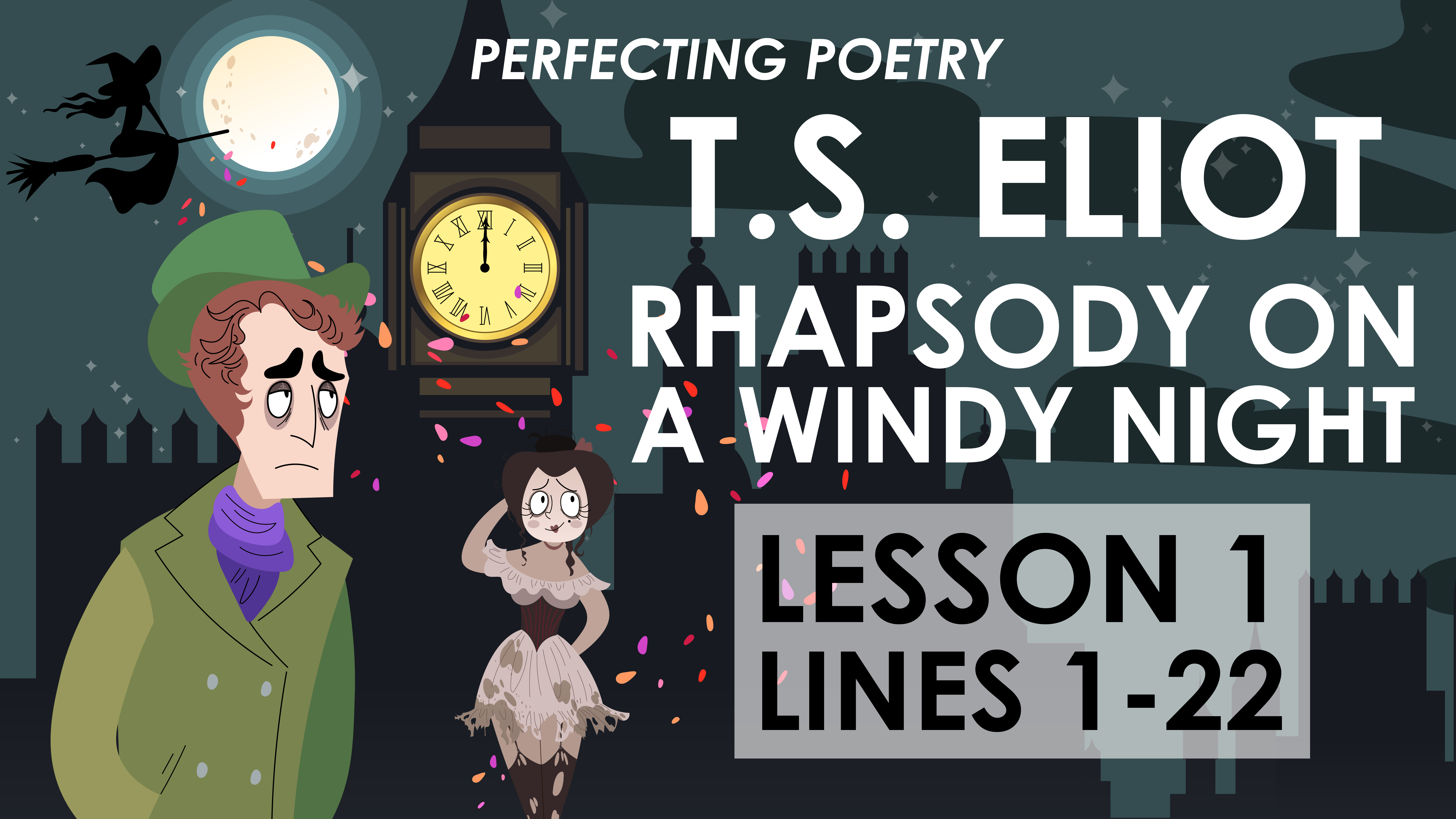
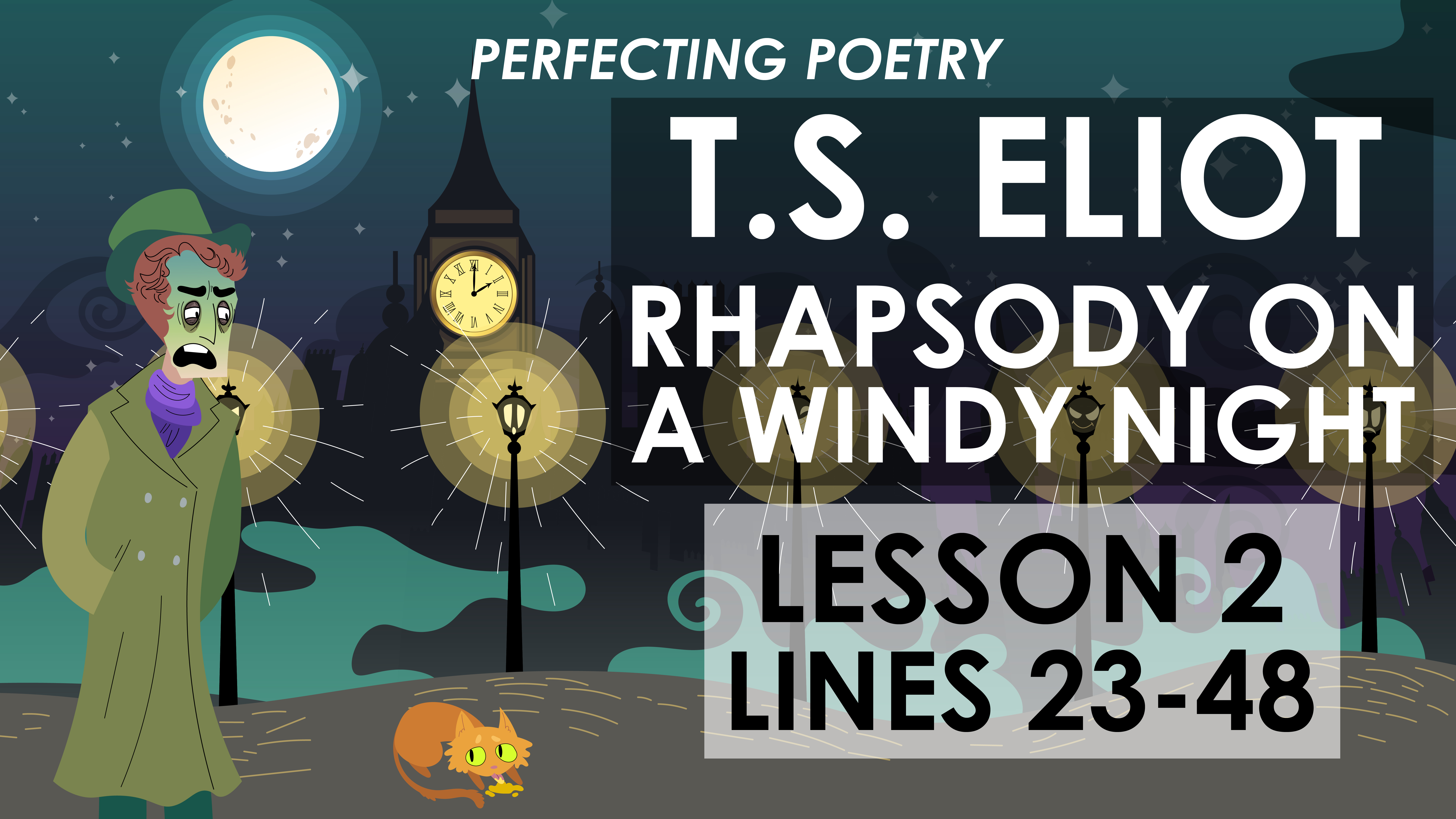
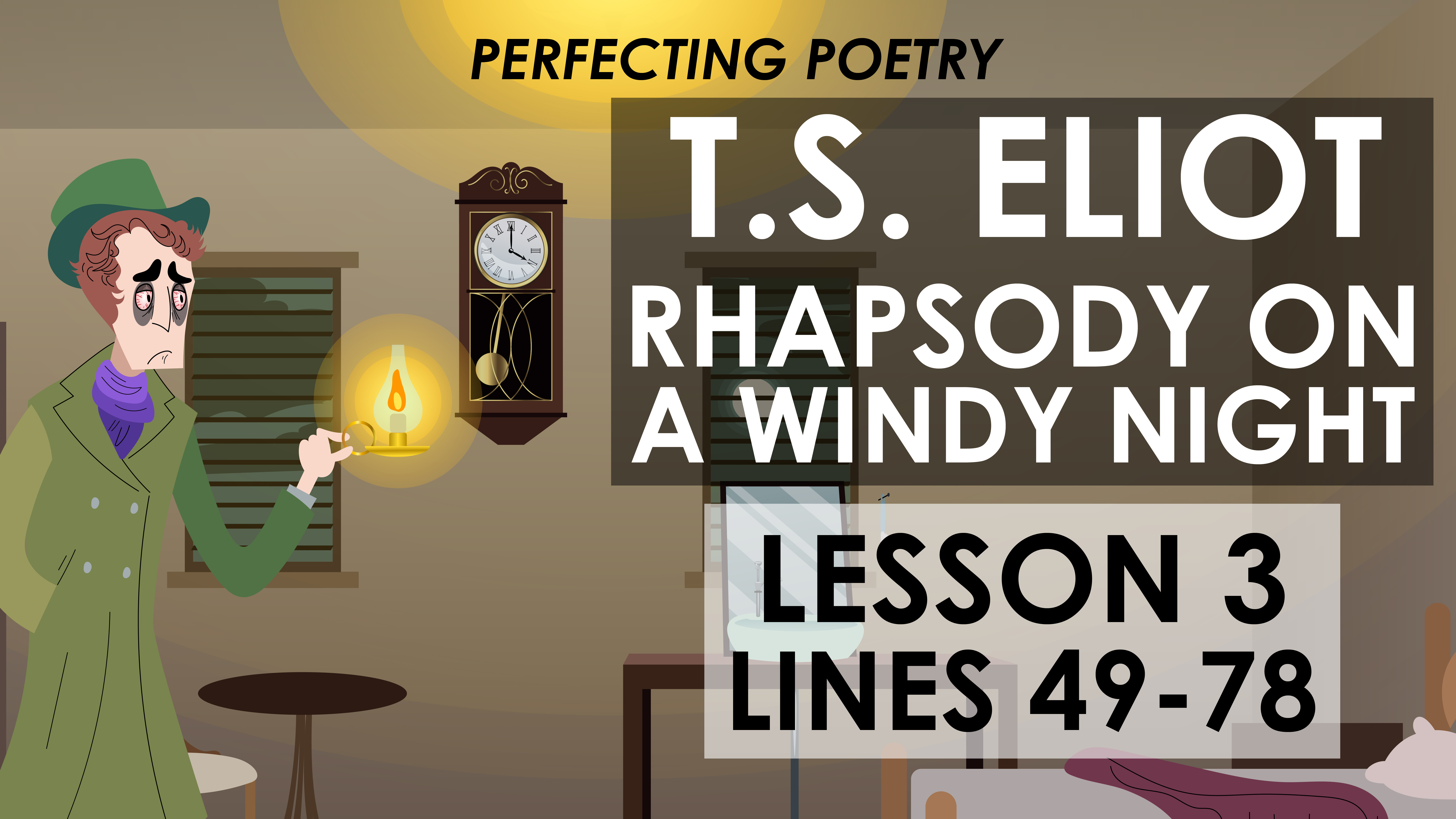
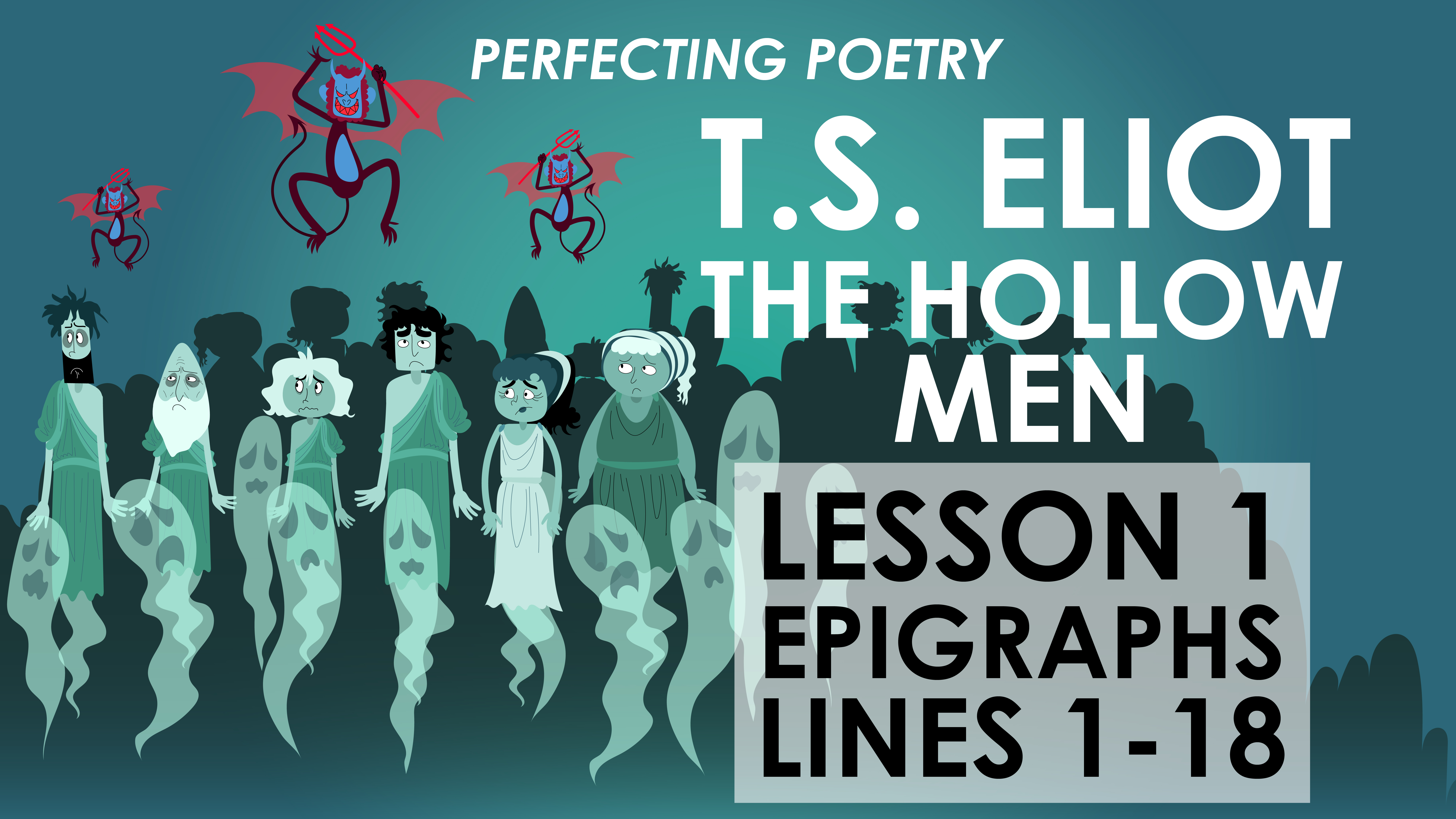
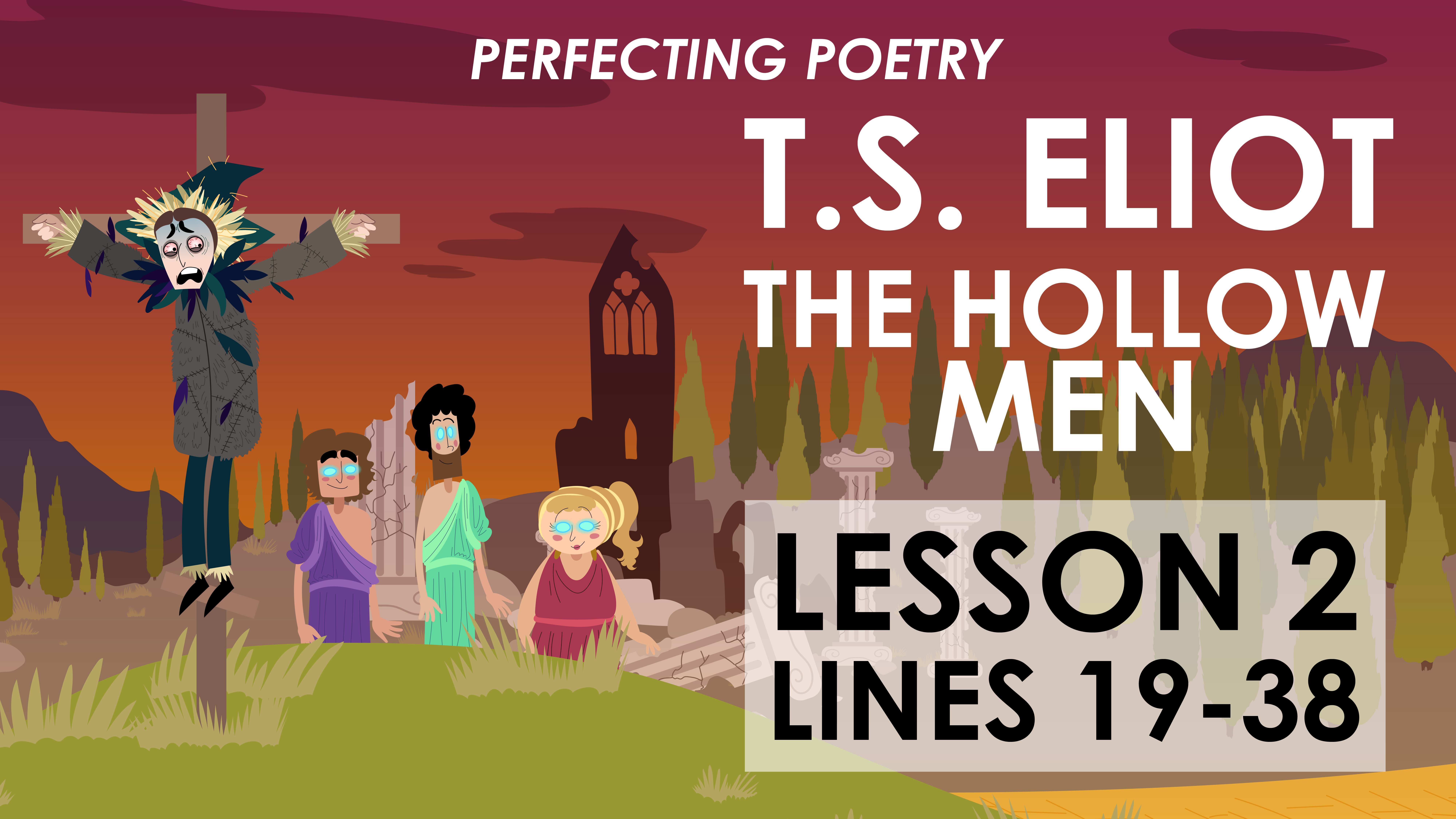
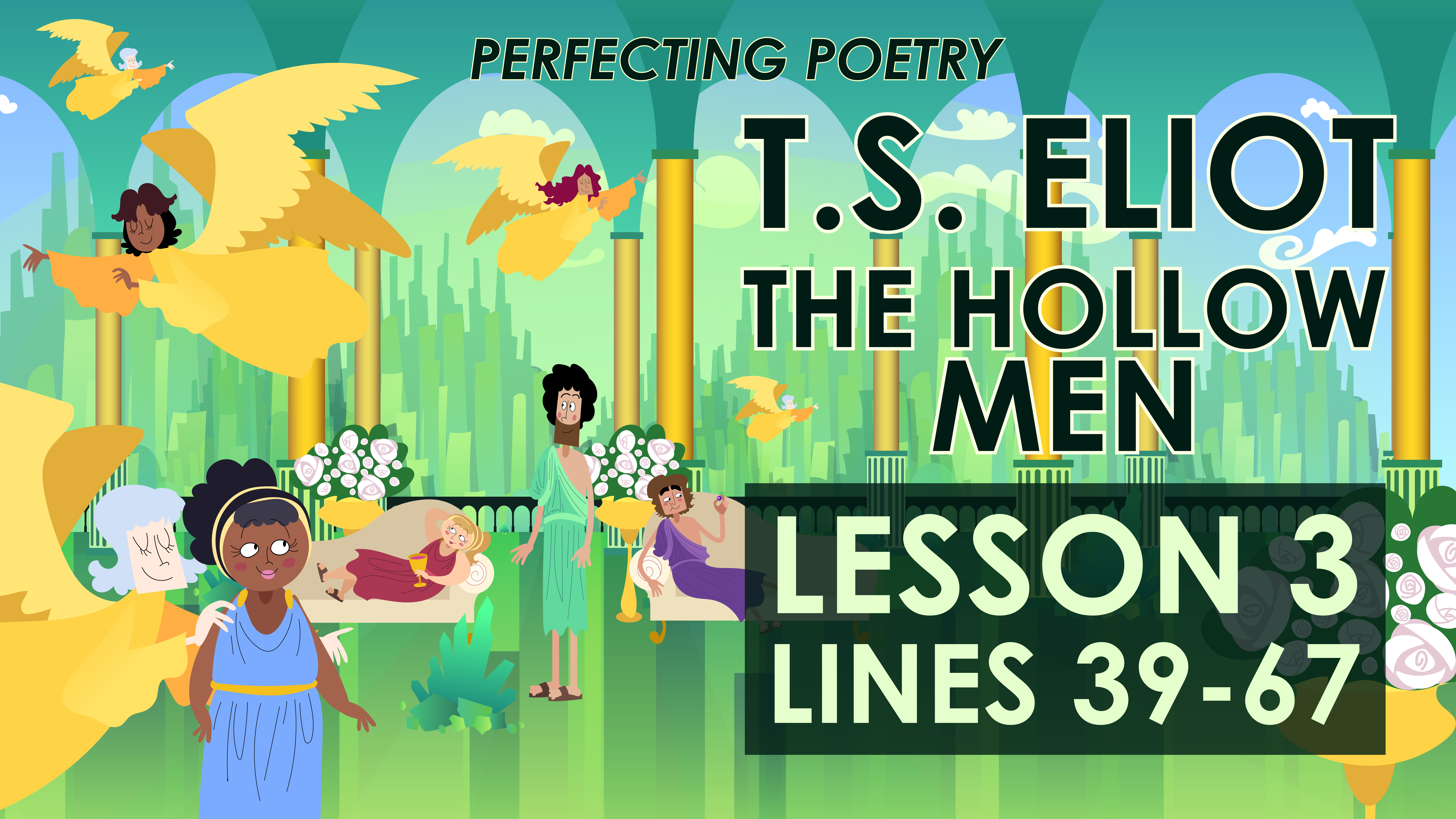
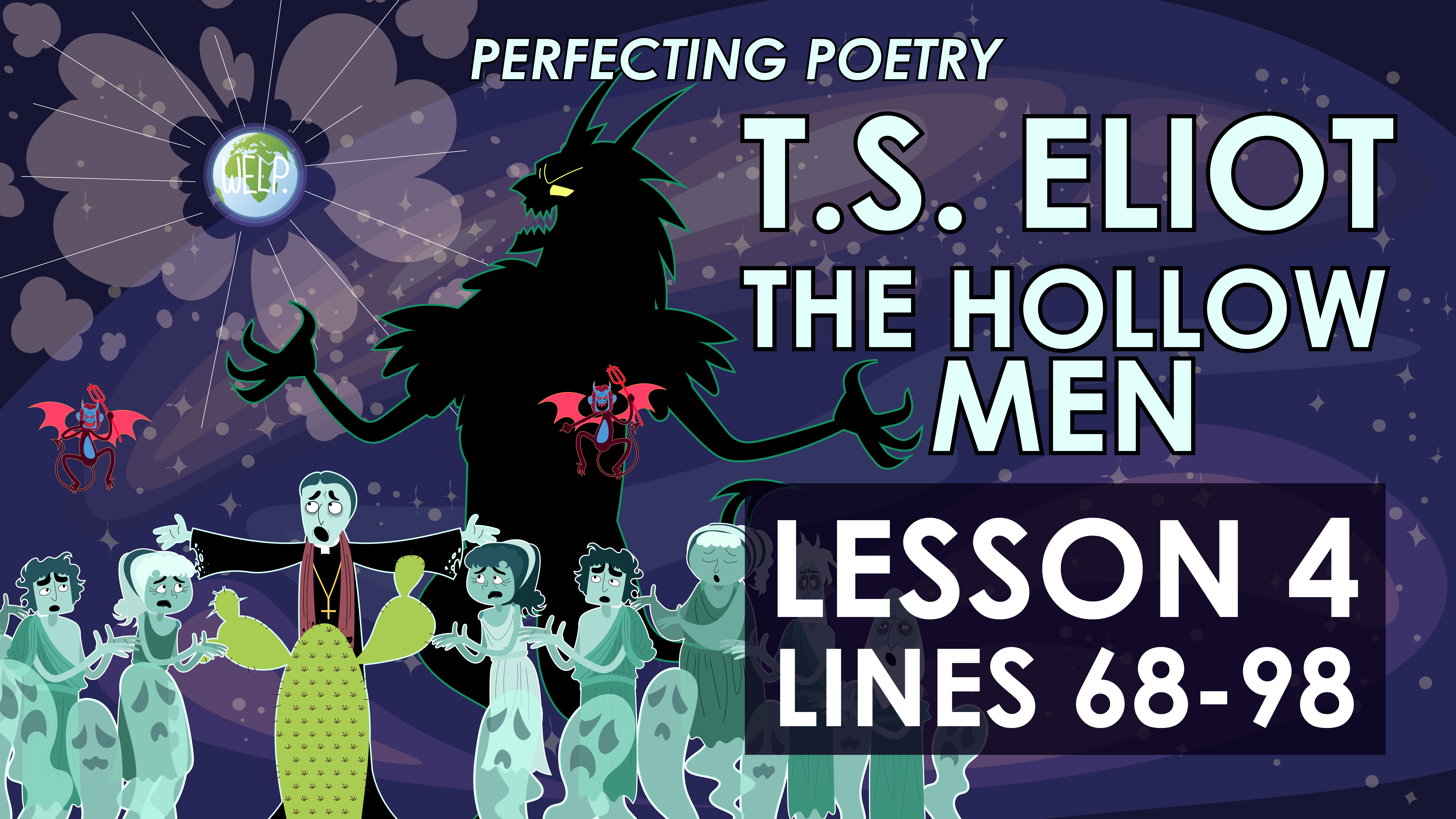
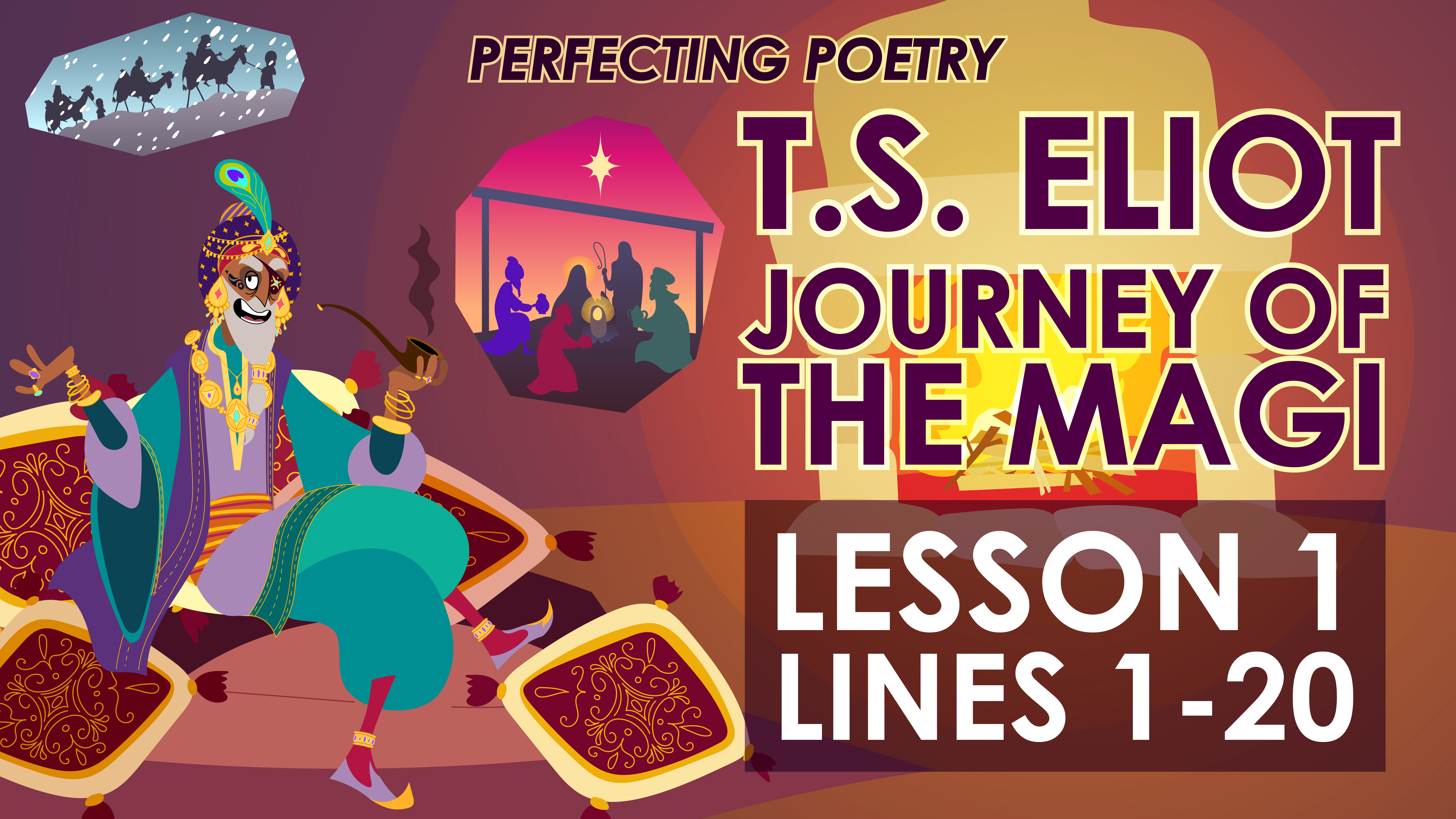
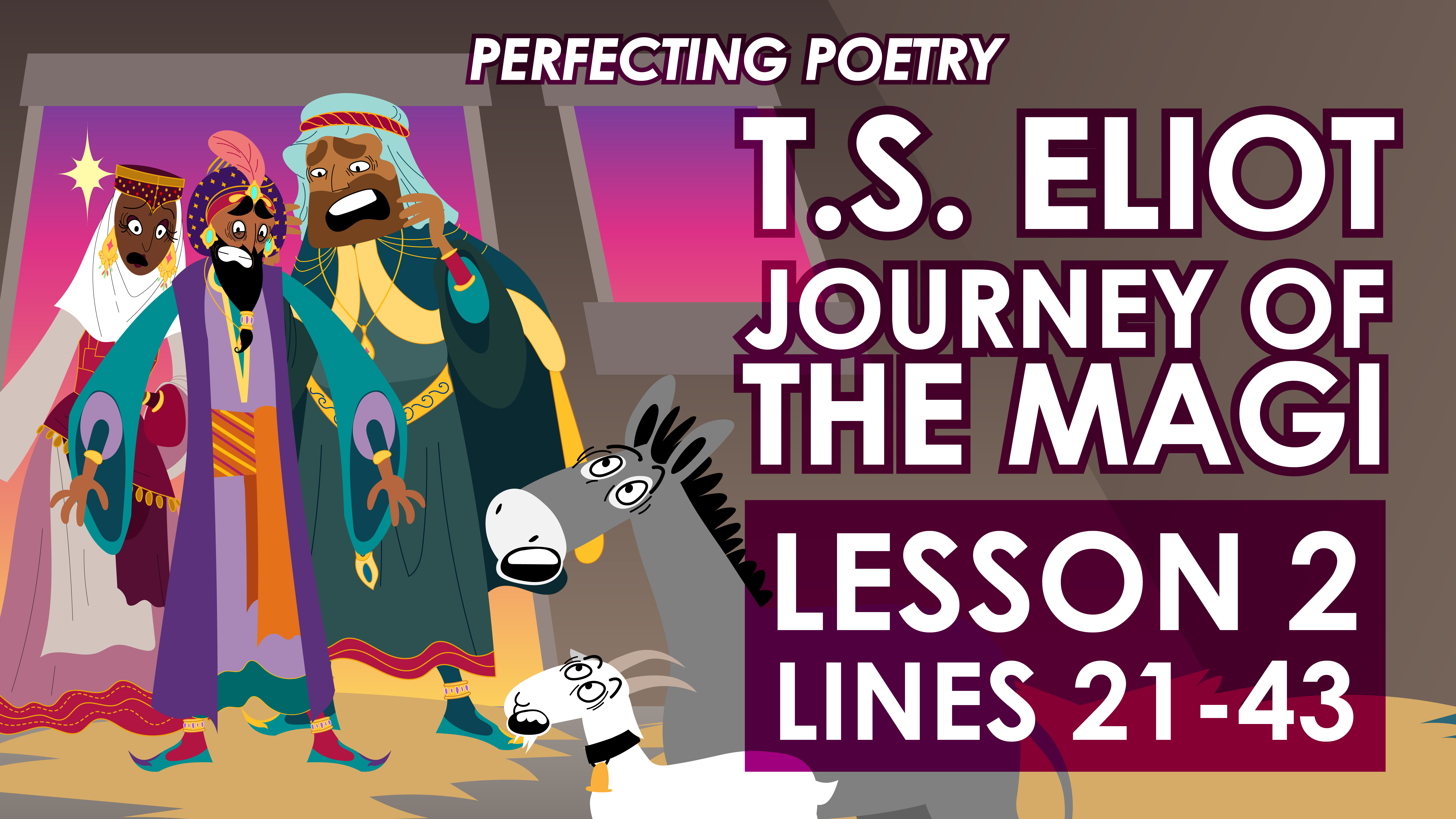
Share